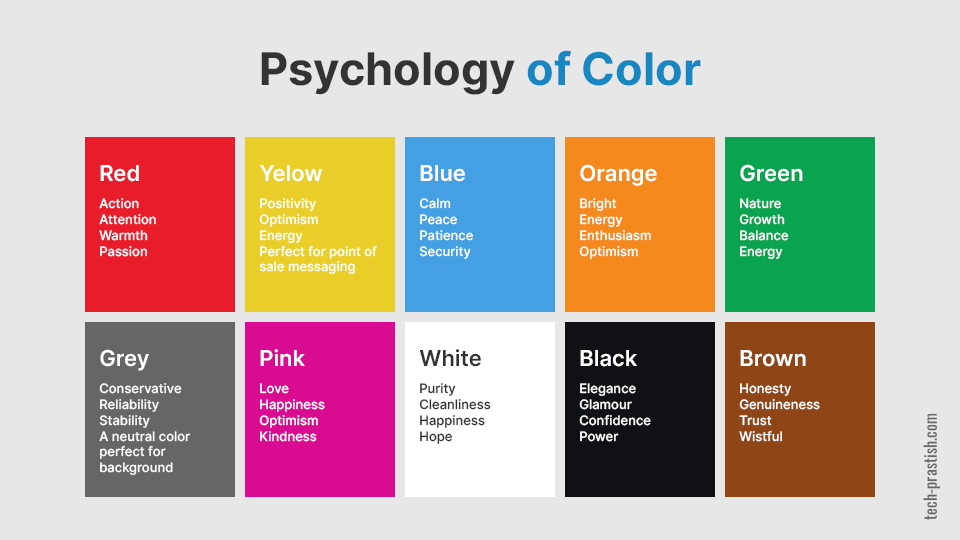
Color psychology is a well-established field of study that has been around since the late 19th century. It investigates how different colors can evoke certain emotional responses and lead to certain behaviors. In recent years, color psychology has become increasingly important in the world of website design, as it can be used to capture attention, convey meaning, and create an overall positive experience for users.
Impact of Color on Mood
The impact of color on mood is significant in website design, as it can determine how a user perceives the website. Research suggests that certain colors can have a calming or energizing effect, and this can be used to create an appropriate environment for the user. For example, using cooler colors such as blues and greens may create a more relaxed atmosphere which could be beneficial for websites associated with relaxation or meditation. Conversely, warm colors such as reds and oranges are often linked to energy and excitement so could be useful for sports or entertainment websites. The use of bright colors can also draw attention from visitors making them more likely to want to explore the website further. Additionally, color has been found to influence brand recognition; using consistent branding with specific colors across multiple websites helps people associate those colors with that company. By understanding how different hues affect users’ reactions and emotions, designers are able to create better experiences through their design choices. You can visit webdesignstpaul.com to learn more about the color impact on mood.
Website Design Principles
Color plays an essential role in how users interact with a website. Color psychology is the study of how colors affect human behavior and emotions, and it can be used to create an effective website design. By using color strategically, designers can influence the user’s experience, creating a brand identity that resonates with its target audience.
When creating a design scheme for a website, it is important to understand the basic principles of color psychology. Colors evoke certain emotions in viewers; warm colors have been shown to create feelings of energy and excitement while cool colors are calming and soothing. Additionally, color combinations can be used to draw attention or direct focus toward particular elements on the page. It is also important to consider contrast when choosing colors as this allows users to easily differentiate between content blocks on the page.
Finally, it is important for designers to ensure that their color schemes are consistent across all web pages; this will help maintain a sense of familiarity throughout the site and allow users to recognize elements more quickly. Through the thoughtful use of color psychology in website development, designers can craft websites that are both visually appealing and optimized for user engagement.
Color Theory in Practice
When it comes to website design, color psychology plays an important role in how users interact with the page. Colors can evoke certain emotions and feelings, so understanding the meaning behind each hue can be valuable when creating a cohesive web design. By using color theory strategies such as analogous and monochromatic palettes, designers can create visually appealing websites that promote their desired emotions and attitude for their target audience. Additionally, using contrasting colors to create focal points on a webpage or highlight important information is another strategy used to help direct users’ attention in the right direction. The key is to use color theory in practice without being too overwhelming. Too much of one shade or too many different hues could be distracting for viewers and take away from the overall goal of the website.
Conclusion
The conclusion of this blog post is that color psychology plays an important role in website design. By carefully choosing the right colors to use, businesses can create a successful website that resonates with their target audience. Colors can evoke emotion, influence attention and engagement, and affect user experience. In addition, the choice of colors may have a direct impact on how visitors perceive the brand identity or message of a company. Lastly, it’s important to consider the psychological effects of different colors when designing websites as this can lead to more successful results for businesses.
In summary, understanding how color psychology works and applying it correctly in website design can be beneficial for businesses in many ways. It can help them convey their message more effectively by evoking the desired emotions from users and improve user experience with strategic color choices. Overall, these benefits demonstrate why it’s essential to understand and apply the principles of color psychology when designing websites.





